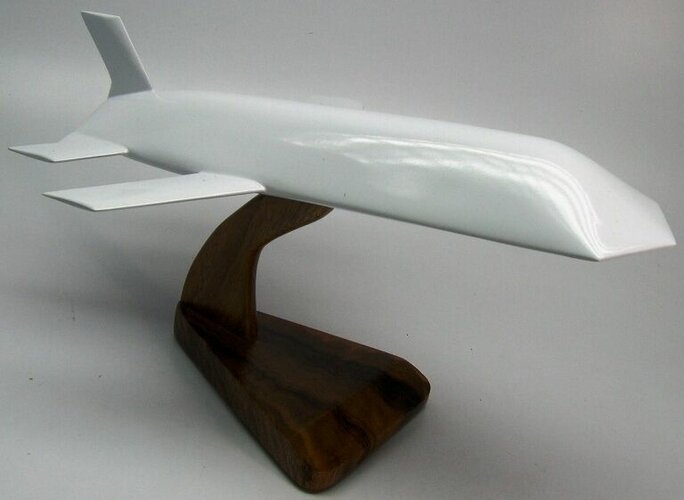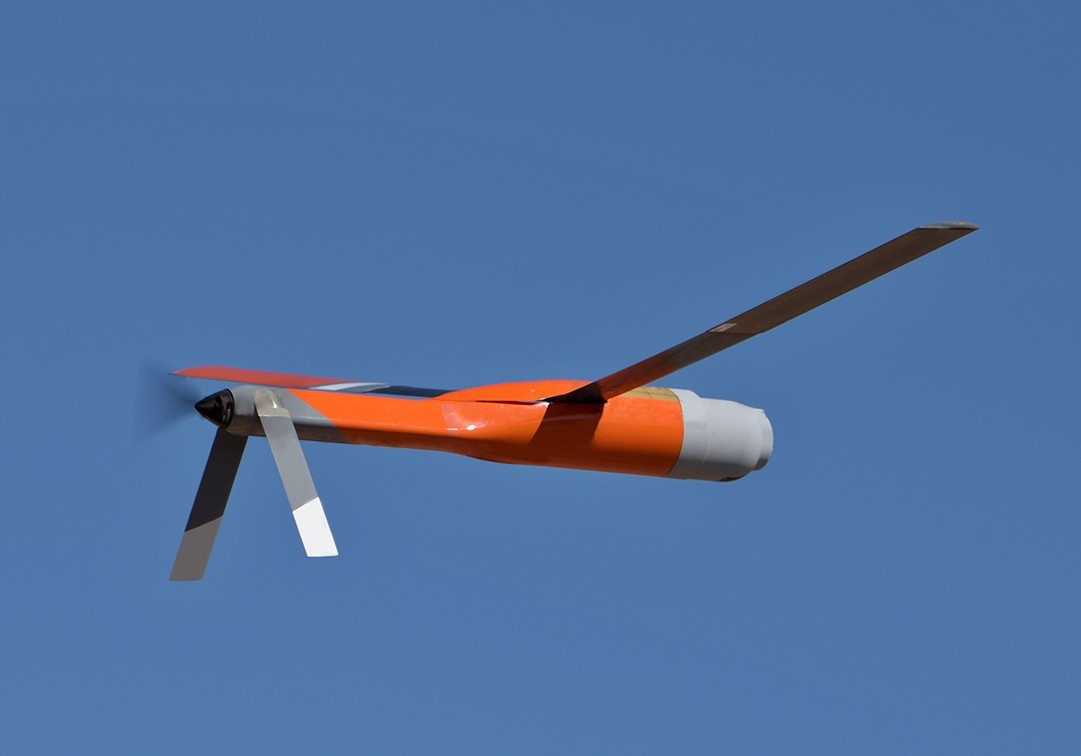- Joined
- 27 September 2006
- Messages
- 5,744
- Reaction score
- 5,633
Not sure where to post this one, but it was prompted by the heated discussion on whether to keep/ditch or replace the A10 in the USAF.
Apart from the A10 the other main CAS purpose built aircraft in service is the Su25 Frogfoot.
The UK and France use fighter/bombers in this role.
The RAF set up No 38 Group with three squadrons to support the Army Strategic Reserve when it deployed. Initially these used Hunters. In 1968 Harriers and Phantoms replaced them. Jaguars took over from the Phantoms in the 70s. They soldiered on long after the Cold War ended and were replaced by Typhoons.
West Germany was the only NATO country to join Italy in buying new Fiat G91 ground attack planes. They developed support facilities to operate them away from airfields before the RAF did the same with Harrier.
After looking at the VAK191 vstol the Luftwaffe opted for the Alpha Jet. This small aircraft had bombs and rockets but not Mavericks.
The USAF A10s for NATO were based in the UK but were deployed to West Germany in forward locations. They worked closely with anti tank helicopters. Not just US Cobras and Apaches but also West German Bo105s.
The main role of NATO close air support was to kill Soviet armoured vehicles. To do this they had to counter Zsu sp aa and various SP and shoulder launched missiles.
The Maverick missile was the counter weapon.
Fast forward to the present day where potential opponents have capable fighters as well as ground based air defence. How can aircraft survive in this environment?
Long range stand off weapons have a crucial role but cannons still have a job to do. Speed rather than armour protection probably the best defence.
Typhoon and Rafale in Europe and F16/F35 for the USAF seem the main systems.
After that lengthy background time to design a close air support platform.
The weapons to be carried remain a mixture of missiles, bombs and guns. As big a payload as possible suggests a fuselage and wing with many hard points.
Reaction times have to be fast and the platform needs good awareness of the battlefield. A pilot still seems the best way of doing this until AI develops.
Survivability calls for speed and robustness. Weight penalties mean that compromises will be necessary.
So far we have a single seat aircraft with large load capability.
Do we stick with the F35 (replacing Typhoon and F16) or go to an updated AX competition?
Apart from the A10 the other main CAS purpose built aircraft in service is the Su25 Frogfoot.
The UK and France use fighter/bombers in this role.
The RAF set up No 38 Group with three squadrons to support the Army Strategic Reserve when it deployed. Initially these used Hunters. In 1968 Harriers and Phantoms replaced them. Jaguars took over from the Phantoms in the 70s. They soldiered on long after the Cold War ended and were replaced by Typhoons.
West Germany was the only NATO country to join Italy in buying new Fiat G91 ground attack planes. They developed support facilities to operate them away from airfields before the RAF did the same with Harrier.
After looking at the VAK191 vstol the Luftwaffe opted for the Alpha Jet. This small aircraft had bombs and rockets but not Mavericks.
The USAF A10s for NATO were based in the UK but were deployed to West Germany in forward locations. They worked closely with anti tank helicopters. Not just US Cobras and Apaches but also West German Bo105s.
The main role of NATO close air support was to kill Soviet armoured vehicles. To do this they had to counter Zsu sp aa and various SP and shoulder launched missiles.
The Maverick missile was the counter weapon.
Fast forward to the present day where potential opponents have capable fighters as well as ground based air defence. How can aircraft survive in this environment?
Long range stand off weapons have a crucial role but cannons still have a job to do. Speed rather than armour protection probably the best defence.
Typhoon and Rafale in Europe and F16/F35 for the USAF seem the main systems.
After that lengthy background time to design a close air support platform.
The weapons to be carried remain a mixture of missiles, bombs and guns. As big a payload as possible suggests a fuselage and wing with many hard points.
Reaction times have to be fast and the platform needs good awareness of the battlefield. A pilot still seems the best way of doing this until AI develops.
Survivability calls for speed and robustness. Weight penalties mean that compromises will be necessary.
So far we have a single seat aircraft with large load capability.
Do we stick with the F35 (replacing Typhoon and F16) or go to an updated AX competition?
Last edited:


